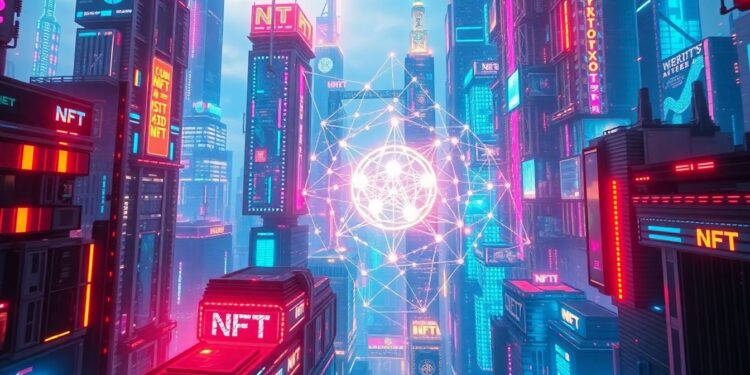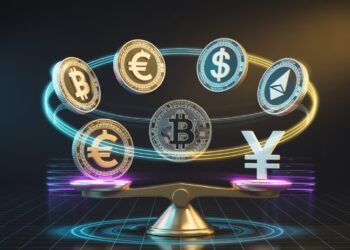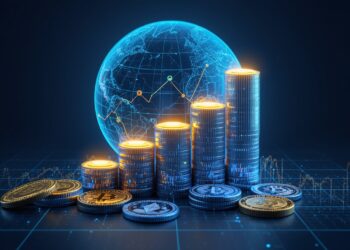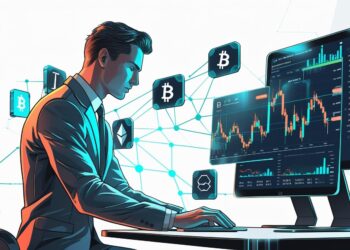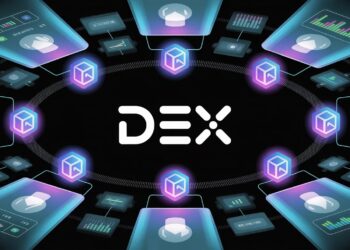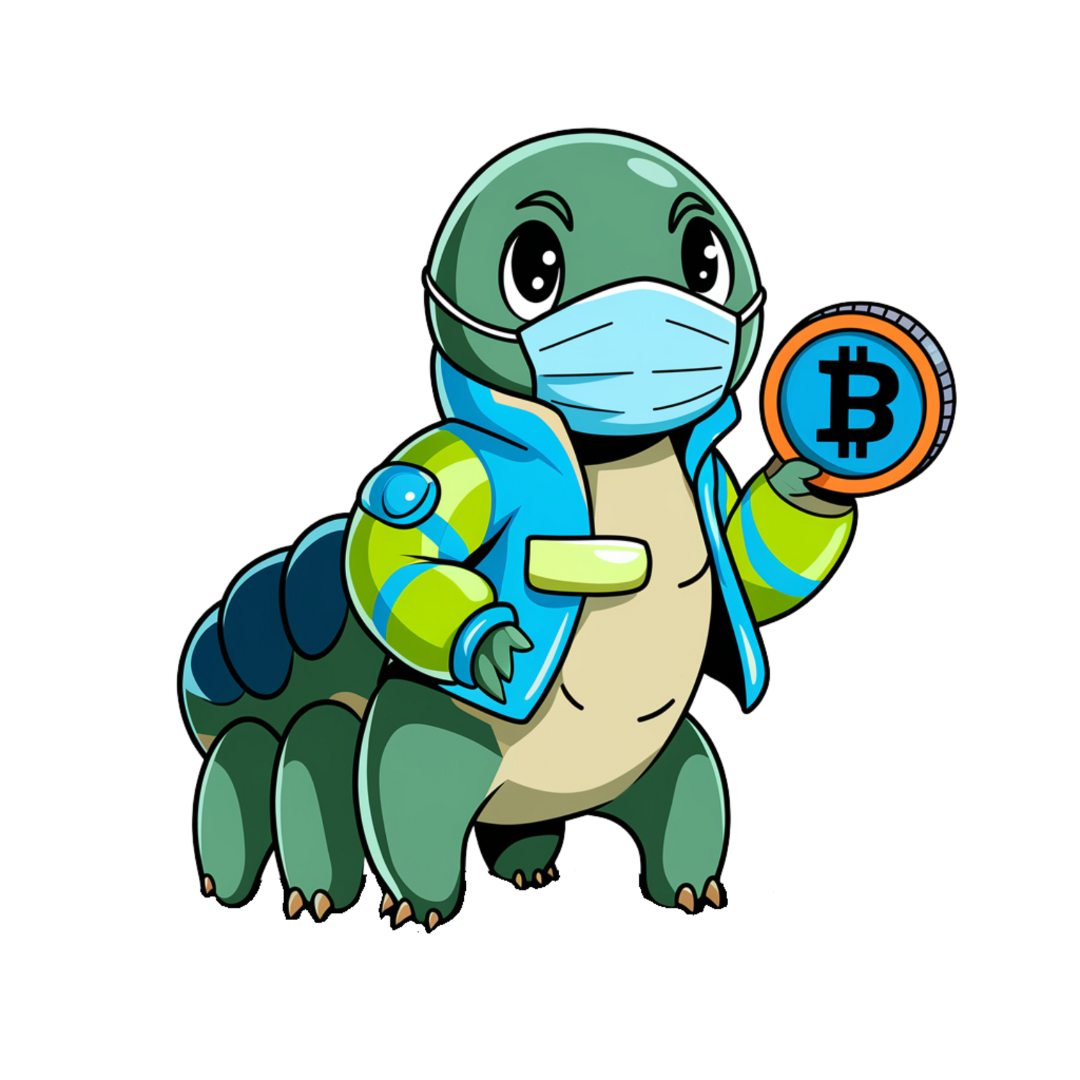The NFT market is projected to reach staggering heights by 2025, with estimates suggesting a growth of up to $80 billion. This explosive growth is not just driven by hype but is underscored by significant technological advancements and evolving consumer behaviors. As we explore the intricate details of the NFT landscape, understanding the key drivers shaping this future becomes essential.
The Metaverse and NFT Interoperability
The Growing Importance of Metaverse Integration
As the metaverse becomes more mainstream, the demand for NFTs will likely surge. Current estimates suggest that the metaverse user base could surpass 1 billion by 2025. Projects like Decentraland and Roblox illustrate how NFTs enhance user experiences, enabling ownership of virtual land, unique in-game assets, and individualized avatars. These integrations not only create value but also foster community engagement.
Interoperability and Cross-Chain Functionality
For NFTs to thrive, they must operate seamlessly across various blockchains. This interoperability broadens accessibility. Projects such as Polkadot aim to connect different blockchain networks, allowing NFTs to move freely between them. Being aware of these advancements can help ensure that your investments remain relevant and functional in an evolving market.
Actionable Tip
When assessing NFT projects, look for those that emphasize cross-chain capabilities. Projects that showcase the ability to interact across different platforms may offer better long-term value.
The Rise of Utility NFTs and Web3 Gaming
Utility NFTs Beyond Digital Ownership
NFTs are beginning to provide more than just collectible value. Utility NFTs, which can offer benefits like exclusive memberships or access to events, are gaining traction. Successful examples include Bored Ape Yacht Club, where ownership grants access to unique experiences and merchandise.
NFTs Fueling Web3 Gaming
NFTs are shifting the gaming paradigm by turning in-game assets into tradable commodities. With the play-to-earn model, gamers can earn real-world value from their digital efforts. Reports suggest that the gaming NFT market could reach $40 billion by 2025, driven by titles such as Axie Infinity and The Sandbox.
Actionable Tip
To find promising utility NFTs within gaming, focus on projects that offer solid use cases and community engagement. Check forums and social media for trends and user stories that validate the project’s value proposition.
Regulatory Landscape and Legal Frameworks
Emerging NFT Regulations
Countries around the globe are beginning to establish frameworks for NFT regulation. The European Union, for instance, is exploring comprehensive rules to govern digital assets. These regulations aim to protect consumers while fostering innovation within the market.
Impact on NFT Market Development
While some regulations might slow down certain aspects of innovation, others could enhance market credibility and security, attracting more institutional investment. Balancing regulation and innovation is crucial for sustainable growth.
Actionable Tip
Stay updated on regulatory changes by following industry news and subscribing to informative newsletters. Being informed can provide you with a competitive edge and protect your investments.
Sustainability and the Environmental Impact of NFTs
The Carbon Footprint of NFTs
Concerns over the environmental impact of NFTs have become prominent. Blockchains that rely on proof-of-work mechanisms consume vast amounts of energy. For example, Ethereum, prior to its transition to proof-of-stake, was criticized for its significant carbon footprint.
Sustainable NFT Solutions
Emerging solutions, such as carbon offset initiatives and switching to proof-of-stake blockchains, aim to lower the environmental impact. Projects like Polygon and Flow are leading the way in sustainable NFT technology, promoting greener practices.
Actionable Tip
Research and support NFT projects that prioritize sustainability. Look for initiatives that offer transparency regarding their energy consumption and sustainability efforts.
The Evolving Role of NFTs in Intellectual Property and Digital Art
NFTs as a Tool for IP Protection
NFTs are transforming the way creators protect their work. They can serve as proof of ownership and authenticity, offering artists a tool for securing intellectual property. Artists like Beeple have successfully utilized NFTs to maintain control over their digital art, resulting in record sales.
The Future of Digital Art and Collectibles
The intersection of AI and NFTs suggests a future rich with innovative art forms. We could see a surge in AI-generated art NFTs and metaverse-native creations, reshaping how we perceive digital ownership and value.
Actionable Tip
For creators, utilizing NFTs to secure your work can provide new revenue streams. Learn about the process of minting NFTs and how they can help protect your creations.
NFT Market Predictions and Investment Strategies for 2025
Expert Opinions on Market Trends
Industry experts predict a diversification of NFT use cases by 2025, strengthening their role across various sectors. Leaders in the field emphasize innovation and community engagement as essential factors for success in the NFT space.
Risk Mitigation and Diversification
Investing in NFTs comes with risks, and diversification is key. Spreading your investments across different types of NFTs—art, gaming, and utility—can help manage potential downsides.
Actionable Tip
Conduct thorough research before making investments. Use platforms that provide detailed analytics and insights to understand market trends and potential risks effectively.
Conclusion
The NFT market in 2025 is poised for transformative changes influenced by various key drivers. From metaverse integrations to regulatory frameworks and sustainability concerns, businesses and investors must be proactive. By staying informed and adapting to these trends, individuals can position themselves for success in this rapidly evolving environment. Embrace the journey into the future of NFTs with informed strategies and insights.
Join Us : Twitter | Website | GitHub | Telegram | Facebook | YouTube



